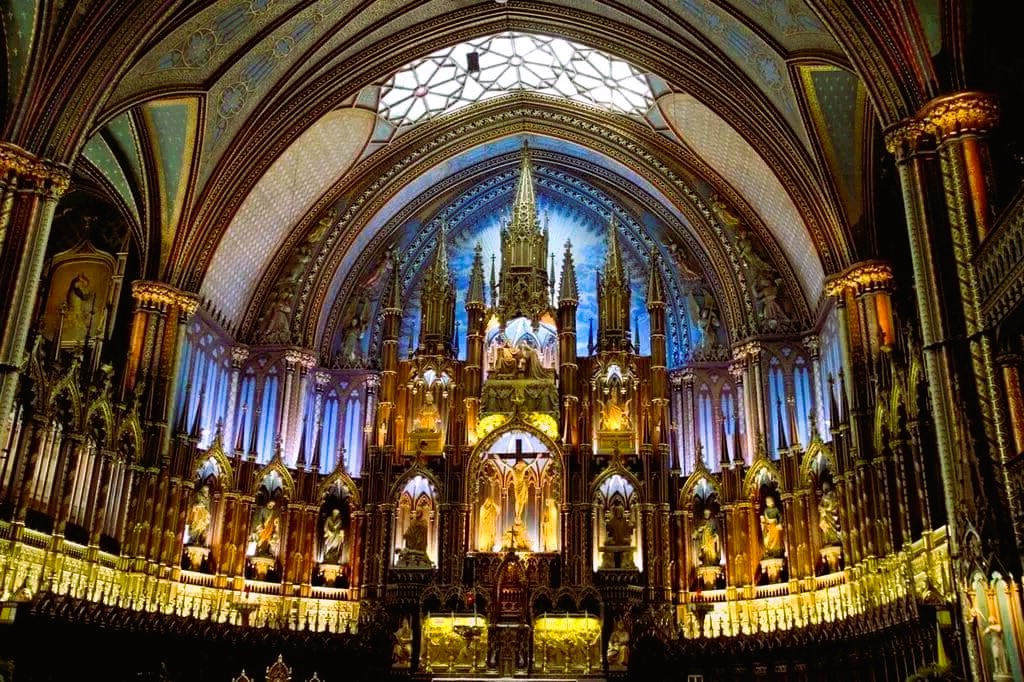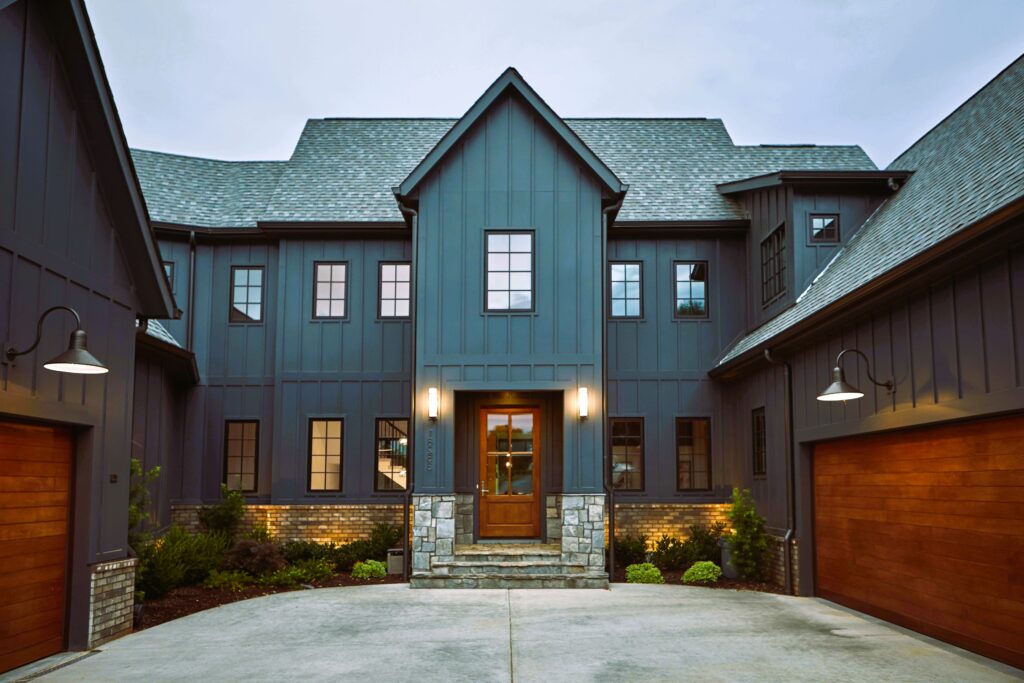Canada, with its rich historical tapestry, has embraced various architectural styles that tell the story of its evolution. One such style that left an indelible mark on the Canadian built environment is Gothic Revival. Rooted in the 19th-century Romantic movement, Gothic Revival architecture sought to evoke the grandeur of medieval European cathedrals and castles. In this exploration, we delve into Canada’s Gothic Revival heritage, examining how this architectural style influenced historical structures and became an integral part of the nation’s cultural identity.
1. Origins of Gothic Revival in Canada
Gothic Revival emerged in the late 18th century as a response to the neoclassical styles prevalent during the Enlightenment. Architects and designers, inspired by the romanticized notion of the medieval era, began incorporating Gothic elements into their work. The movement gained momentum in the 19th century, fueled by a desire to connect with a perceived more authentic and spiritually resonant past.
In Canada, Gothic Revival found fertile ground in the 19th century, coinciding with the construction of many significant public buildings, churches, and institutions. The style became synonymous with the Victorian era’s fascination with ornamentation and intricate detailing.
2. Ecclesiastical Marvels: Gothic Revival in Canadian Churches

Gothic Revival architecture found a natural home in Canada’s ecclesiastical landscape, where the style’s soaring spires and pointed arches conveyed a sense of spiritual transcendence. St. Michael’s Cathedral in Toronto, consecrated in 1848, is a prime example of Gothic Revival in Canadian religious architecture. The cathedral’s pointed arch windows, ribbed vaults, and flying buttresses evoke the medieval cathedrals of Europe, creating a sense of sacred continuity.
In Quebec, the Notre-Dame Basilica in Montreal stands as a masterpiece of Gothic Revival, with its intricate woodwork, vivid stained glass, and detailed sculptures. The architects, James O’Donnell and Victor Bourgeau, embraced the style’s penchant for ornamentation, creating a visual symphony that resonates with worshippers and visitors alike. Do you like the article? Read also about the Modernist movement: the adoption of mid-century modern architecture.
3. Academic Ambitions: Gothic Revival in Canadian Universities
During the 19th century, as Canada’s educational institutions flourished, Gothic Revival became the architectural language of academia. The University of Toronto’s Trinity College, designed by Kivas Tully and completed in 1852, is a stellar example of Gothic Revival in Canadian university architecture. The college’s picturesque quad, turrets, and pointed arches reflect the Romantic ideals of learning as a spiritual and transcendent pursuit.
Gothic Revival also graced the halls of McGill University in Montreal, where the Arts Building, designed by Sir Andrew Taylor, stands as a testament to the enduring influence of the style in academic settings. The combination of pointed arches, intricate tracery, and medieval-inspired detailing imparts a timeless quality to these educational institutions.
4. Governmental Grandeur: Gothic Revival in Parliamentary Buildings
The Gothic Revival aesthetic extended to Canada’s governmental buildings, where it conveyed a sense of civic grandeur and historical continuity. The Parliament Hill complex in Ottawa, designed by Thomas Fuller, Chilion Jones, and Thomas Lewis, exemplifies this integration of Gothic Revival in Canadian political architecture. The iconic Peace Tower, with its pointed spire, and the intricate detailing of the Centre Block evoke a sense of national identity deeply rooted in historical symbolism.
5. Residential Elegance: Gothic Revival in Canadian Homes
Gothic Revival architecture was not confined to public and religious structures; it also found expression in the residential sector. Many grand residences and estates across Canada incorporated Gothic elements, giving rise to the term “Carpenter Gothic” for more modest, vernacular examples.

Spadina House in Toronto, built in the 1860s, is an exquisite example of Gothic Revival in Canadian residential architecture. The steeply pitched roofs, pointed windows, and decorative woodwork contribute to the mansion’s picturesque appearance. The style allowed homeowners to infuse a touch of historical romance into their domestic spaces.
6. Conservation and Preservation Efforts
As Canada progressed into the 20th century, preservation efforts gained momentum to safeguard the nation’s Gothic Revival heritage. Organizations such as the Heritage Canada Foundation and Parks Canada played crucial roles in advocating for the conservation of historical structures. Restoration projects aimed at maintaining the authenticity of Gothic Revival buildings became integral to Canada’s commitment to preserving its architectural legacy.
Conclusion
Canada’s Gothic Revival architecture stands as a testament to the nation’s desire to weave a narrative that connects with the grandeur of the past. From the spires of its cathedrals to the halls of its universities and the chambers of its parliament, Gothic Revival has become an enduring part of the Canadian cultural fabric.
As we explore the architectural gems inspired by the Gothic Revival movement, it becomes evident that these structures are not mere replicas of a bygone era; they are living testaments to Canada’s ability to balance progress with the preservation of its rich cultural heritage. The Gothic Revival style continues to influence contemporary architects, reminding them of the enduring beauty found in the soaring arches and intricate details that define Canada’s historical structures.
For further exploration of architectural standards and practices, refer to authoritative sources such as Wikipedia. These platforms provide comprehensive insights into the rich history and current standards shaping the world of architecture and design in Canada.
